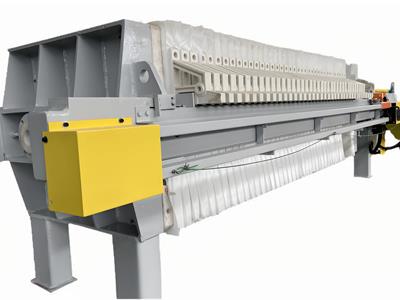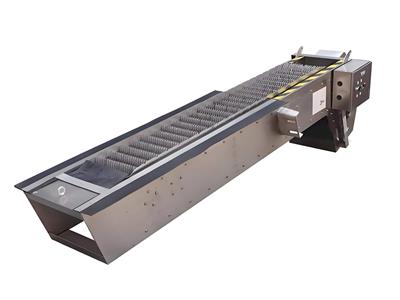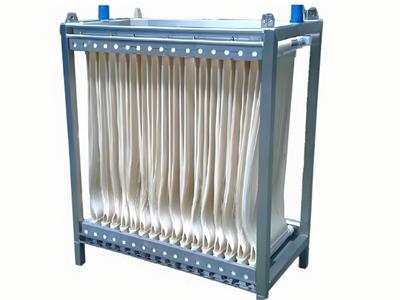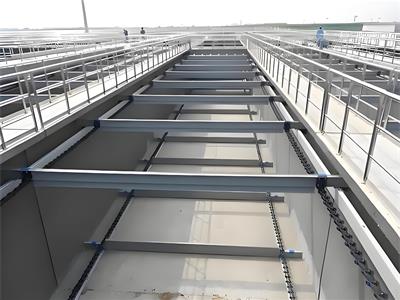- 2025-07-09
Aerobic process
Aerobic process
The aerobic process refers to the biological oxidation reactions in which microorganisms decompose organic matter in the presence of dissolved oxygen (DO ≥ 2 mg/L). Its core characteristic is:
Energy metabolism: Using oxygen as the final electron acceptor, the organic matter is completely mineralized to CO₂/H₂O
Energy production efficiency: The unit organic matter degradation energy production is 38-42 kJ/g COD (5-8 times higher than the anaerobic process)
Environment-dependent: Requires continuous aeration to maintain an oxygen transfer rate >15 mg O₂/(L·h)
Activated Sludge Process: Utilizes aerobic bacterial communities to degrade sewage COD (removal rate >95%)
Biological Filter: Forms an aerobic biofilm on the filler surface to purify water quality
Water treatment applications
Oxidation Pond Process: Achieves natural aeration through an algal-bacterial coexistence system
Examples of natural circulation:
Aerobic humification in terrestrial ecosystems:
Plant and animal residues → decomposition by aerobic microorganisms → humus (C/N ratio 20-30) → stable soil organic matter
Note: This process requires approximately 3.2 g O₂/g organic matter, consistent with aerobic treatment mechanisms in water bodies.






